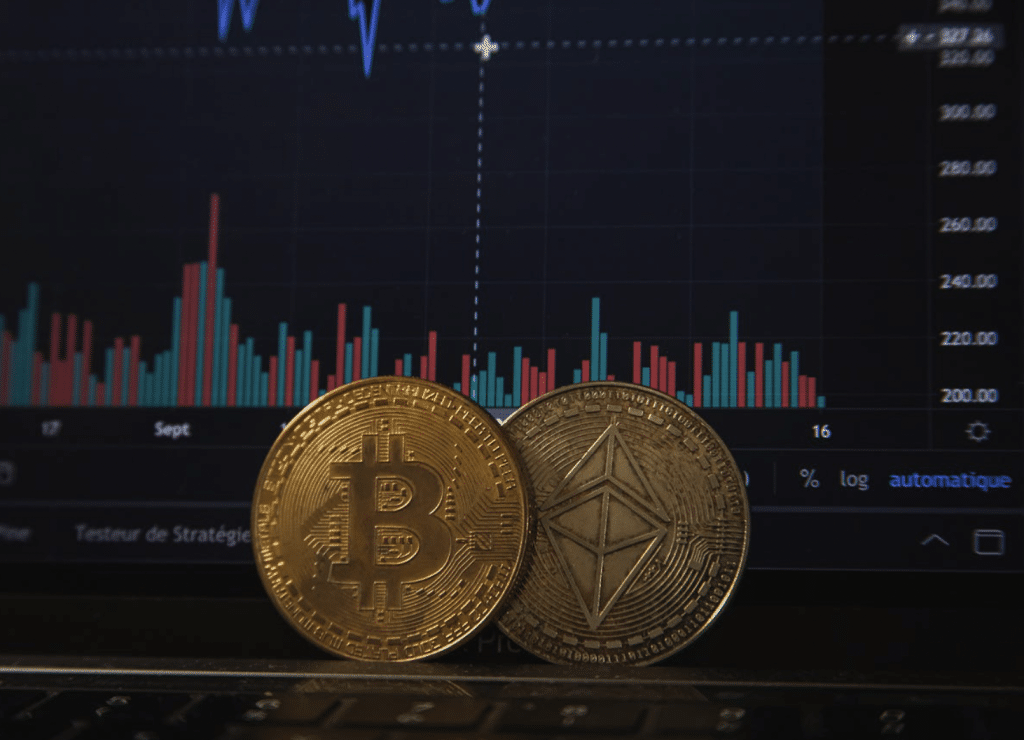Cryptocurrencies have taken the world by storm, and Ethereum is one of the most popular cryptocurrencies in the market. Ethereum is not only a digital currency but also a blockchain platform that allows developers to build decentralized applications (dApps). With its popularity on the rise, many investors are keen on investing in Ethereum to take advantage of its potential growth. If you’re new to cryptocurrency trading, this beginner’s guide will provide you with an overview of Ethereum trading and how to get started. To start your ETH trading journey, you may use the Ethereum crypto today!
Understanding Ethereum
Ethereum is a decentralized blockchain platform that enables developers to build decentralized applications. The platform was created by Vitalik Buterin in 2015 as a solution to the limitations of Bitcoin. Ethereum uses its cryptocurrency, Ether (ETH), as a medium of exchange for transactions on the platform. The platform has grown in popularity, with many companies and organizations adopting it to develop dApps.
Creating a Cryptocurrency Wallet
To invest in Ethereum, you need to have a cryptocurrency wallet to store your Ether. A cryptocurrency wallet is a software program that enables users to store, send, and receive cryptocurrencies. There are several types of cryptocurrency wallets, including hardware wallets, software wallets, and web wallets. Hardware wallets, such as Ledger Nano S and Trezor, are the most secure, while web wallets are the least secure.
Buying Ethereum
After setting up your cryptocurrency wallet, the next step is to buy Ethereum. There are various ways to buy Ethereum, including buying from a cryptocurrency exchange or using a peer-to-peer platform. When buying Ethereum, it’s crucial to consider factors such as the exchange’s reputation, fees, and payment methods. Additionally, using an online trading platform can make your buying experience more convenient and efficient.
Trading Ethereum
Once you have bought Ethereum, you can start trading. Ethereum trading involves buying and selling Ether for other cryptocurrencies or fiat currencies. To trade Ethereum, you need to have an understanding of the market trends, technical analysis, and risk management. It’s also essential to have a trading strategy to guide your trading decisions. Using an online trading platform can provide you with the necessary tools to make informed trading decisions.
Understanding Market Trends
The cryptocurrency market is highly volatile, and the price of Ethereum can fluctuate rapidly. Understanding market trends can help you make informed trading decisions. Market trends are the general direction of the market’s price movement. There are three types of market trends: uptrend, downtrend, and sideways trend. An uptrend is when the price of Ethereum is increasing, a downtrend is when the price is decreasing, and a sideways trend is when the price is neither increasing nor decreasing significantly.
Technical Analysis
Technical analysis is a trading technique that involves using statistical trends and patterns to predict future price movements. Technical analysts use charts and indicators to analyze market trends and identify buying and selling opportunities. Some popular technical indicators used in Ethereum trading include moving averages, Relative Strength Index (RSI), and Bollinger Bands.
Risk Management
Ethereum trading is a high-risk investment, and it’s essential to have a risk management strategy. Risk management involves identifying, evaluating, and prioritizing potential risks and taking actions to mitigate them. One risk management technique is to diversify your portfolio by investing in multiple cryptocurrencies, including Bitcoin and other altcoins. Another technique is to set stop-loss orders to limit your losses in case the market moves against you.
Conclusion
Investing in Ethereum can be a lucrative investment opportunity, but it’s essential to understand the market trends and develop a trading strategy to minimize your risks. Using an online trading platform can make your trading experience more efficient and provide you with the necessary tools to make informed trading decisions. Remember to stay updated on the latest news and market trends, keep your emotions in check, and practice risk management to increase your chances of making profits.

